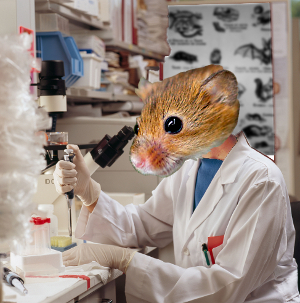Research sector hit predicted
 A new study looks at the impact of COVID-19 on Australia’s research sector.
A new study looks at the impact of COVID-19 on Australia’s research sector.
Universities have been dealt a double blow by the pandemic, with new research finding a dramatic drop in international student fees and business research spending will impact the sector significantly in the next six months and beyond.
University job losses of up to 21,000 full time equivalent (FTE) positions are projected over the next six months of which an estimated 7,000 could be research-related academic staff.
Research interruptions and travel and visa restrictions suggest that more than 9,000 international research students will not resume their research in 2020, according to the report’s authors.
The report’s authors are concerned that women, early career researchers and recent graduates will disproportionately experience negative impacts.
The report was produced by the Rapid Research Information Forum, a group of 35 research sector lead organisations. The forum is chaired by Australia’s Chief Scientist, Dr Alan Finkel, and its operations are led by the Australian Academy of Science.
Australian Academy of Technology and Engineering (ATSE) led the workforce report.
ATSE Chief Executive Officer, Kylie Walker said industry sectors may experience a reduced capacity to innovate given that universities perform approximately 43 per cent of all applied research in Australia.
“A decline in innovation may limit economic growth by slowing the development of new technology, skills, and efficiency gains in service and production processes,” Ms Walker said.
The report also found:
- Income to universities, medical research institutes, publicly funded research agencies, CRCs, and the industrial sector is suffering from the loss of foreign students and a sharp decline in business research spending and philanthropy
- These impacts are greater than during the 2008 global financial crisis and are being observed internationally
- To try and make ends meet as budgets contract, universities are reducing the number of casual teachers and increasing the teaching loads of permanent staff, further limiting their research capacity








 Print
Print